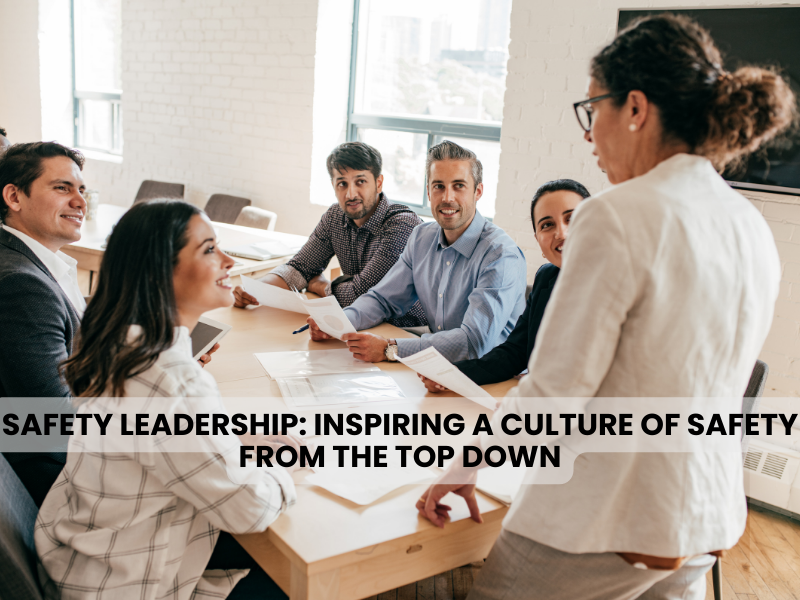Every organization, regardless of industry, thrives on a safe and healthy work environment. But achieving this ideal state isn't simply about having safety posters on the walls. It requires a fundamental shift in mindset, a cultural transformation driven by safety leadership.
Safety leadership goes beyond compliance. It's about leaders at all levels actively prioritizing the well-being of their teams. This proactive approach fosters a culture of safety where everyone feels empowered to identify and address potential hazards.
Setting the Tone: Leaders as Safety Champions
A strong safety culture starts at the top. Leaders who demonstrate a genuine commitment to safety send a powerful message. This commitment translates into actions such as:
- Visibility: Leaders who are regularly present on the work floor, engaging with employees and observing safety practices, show their dedication to creating a safe space.
- Resource Allocation: Investing in proper safety equipment, training programs, and hazard mitigation strategies communicates a clear message – safety is a top priority.
- Leading by Example: When leaders themselves adhere to safety protocols and procedures, it sets the standard for the entire organization.
Communication: Transparency Builds Trust
Open and transparent communication is paramount for a thriving safety culture. Here are some strategies to keep the conversation flowing:
- Regular Safety Briefings: Leaders should hold regular meetings to discuss safety protocols, address concerns, and celebrate safety wins.
- Open-Door Policy: Leaders who are approachable and willing to listen to employee concerns create an environment where safety issues can be raised without fear of reprisal.
- Data-Driven Approach: Sharing safety data, such as incident reports and near misses, allows everyone to understand where improvements are needed.
Empowerment: Building a Safety-Minded Workforce
Employees who feel empowered to prioritize safety become active participants in creating a safer work environment. This empowerment can be achieved through:
- Safety Training: Providing comprehensive safety training equips employees with the knowledge and skills to identify and avoid hazards.
- Recognition Programs: Recognizing employees who consistently prioritize safety and report concerns reinforces safe behavior.
- Encouraging Participation: Involving employees in safety committees and improvement initiatives fosters a sense of ownership and accountability.
The Ripple Effect of Safety Leadership
Effective safety leadership isn't just about avoiding accidents. It's about fostering an environment where well-being is valued, productivity flourishes, and employee morale thrives. When leaders prioritize safety from the top down, they create a ripple effect that benefits the entire organization.
By following these steps and creating a culture of open communication, empowered employees, and dedicated leadership, organizations can build a foundation for long-term safety success.
At Solh, we deeply value mental health and understand the pivotal role of compassion in the overall well-being. That's why we've carefully assembled a suite of empowering Self-help tools and Community Support tailored to nurture your mental health. Our curated offerings encompass a diverse array of resources, from journaling, support groups to Solh Buddy, allowing you to share your experiences,seek support, offer guidance and connect with others - anonymously or as yourselves. Take control of your path towards enhanced mental well-being by exploring and utilizing our comprehensive resources at Solh!



